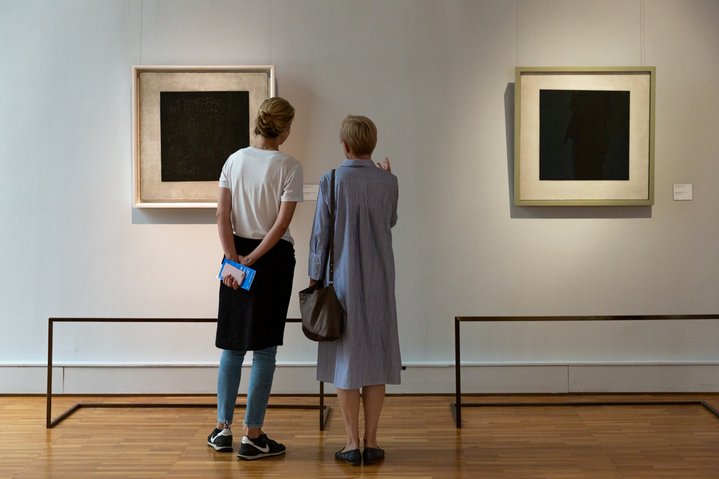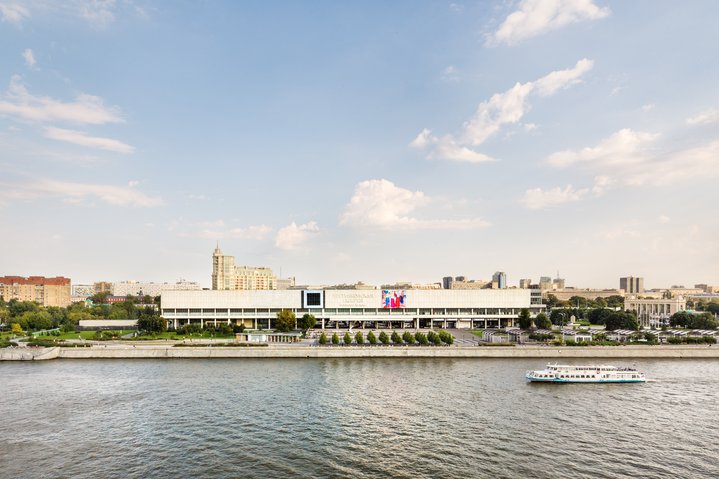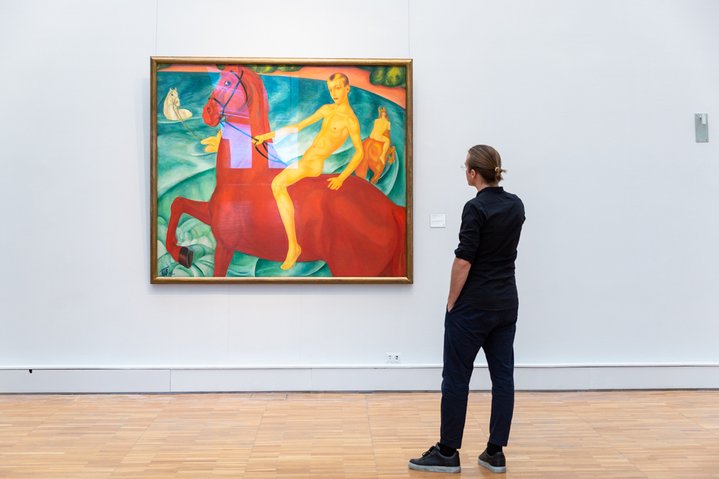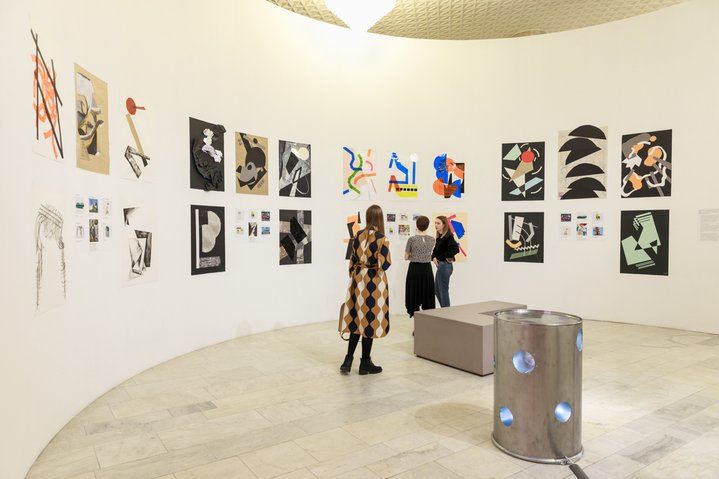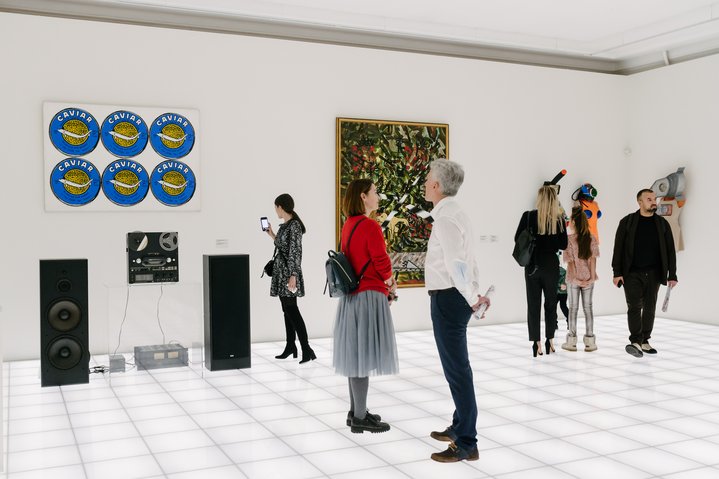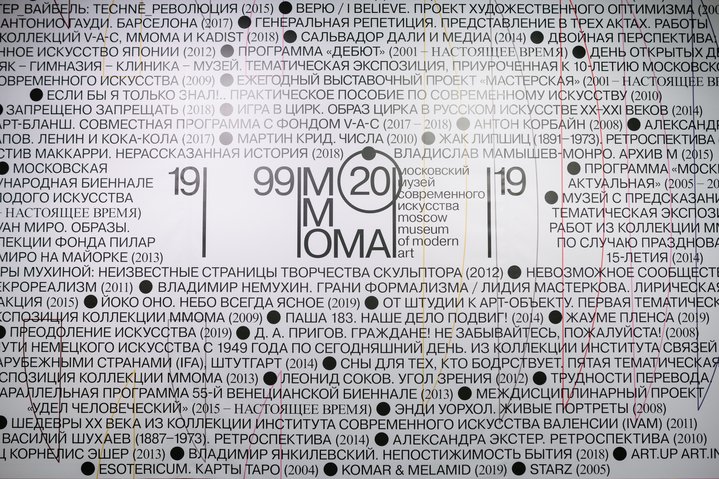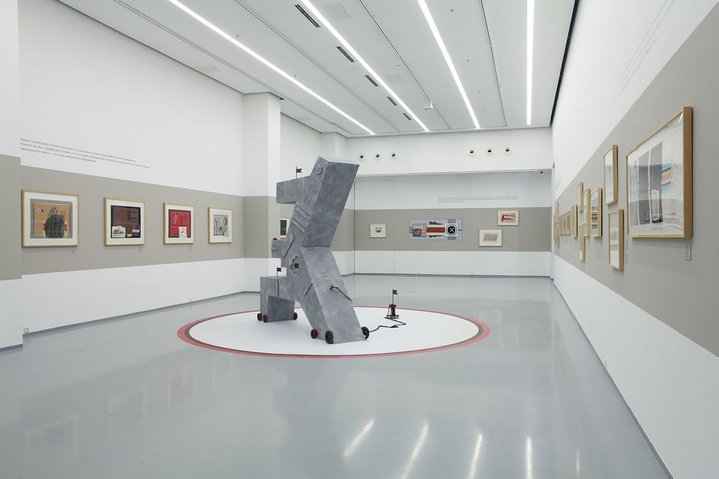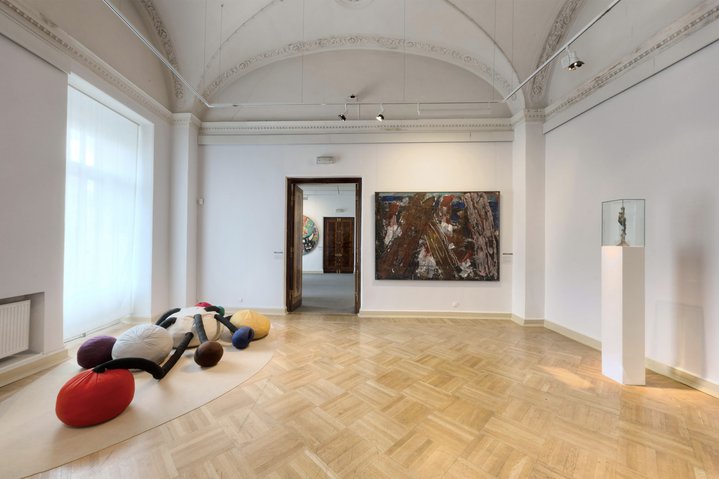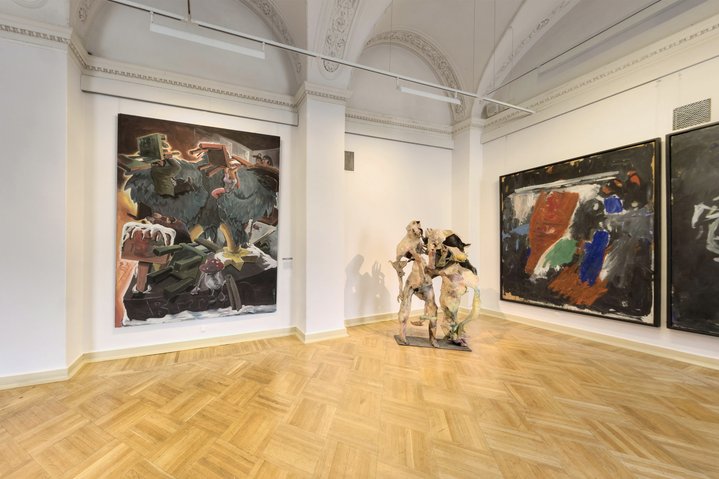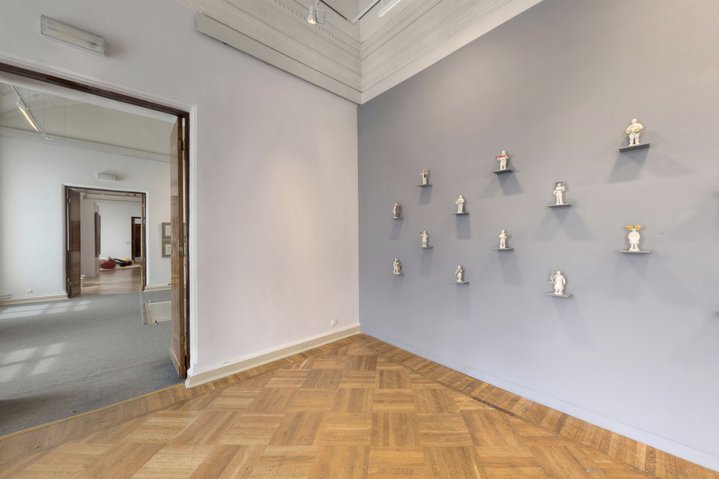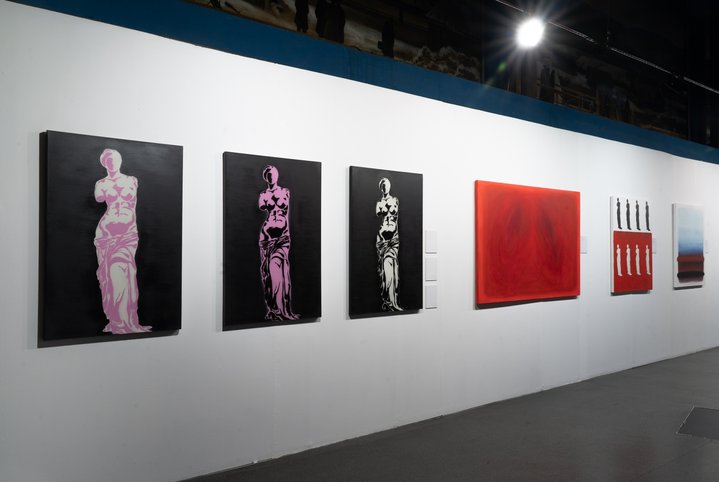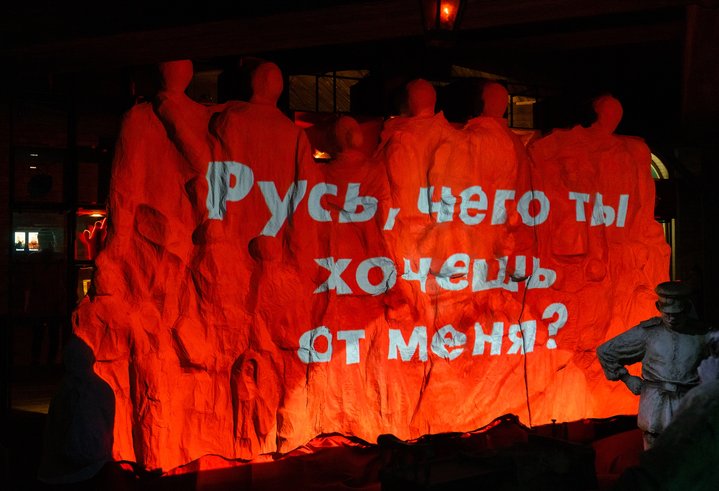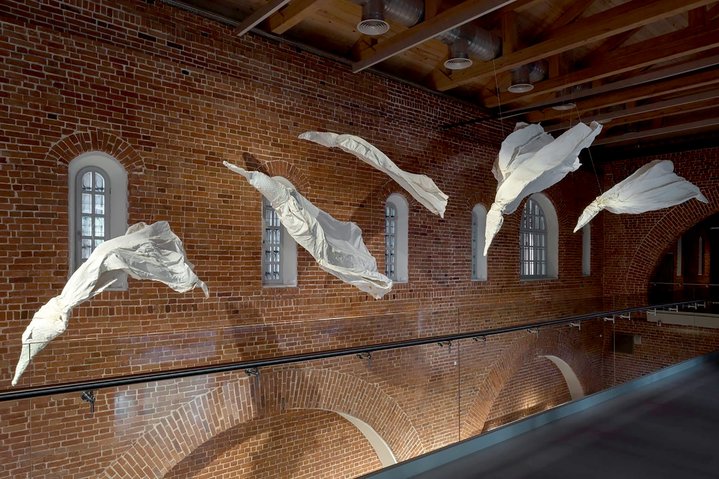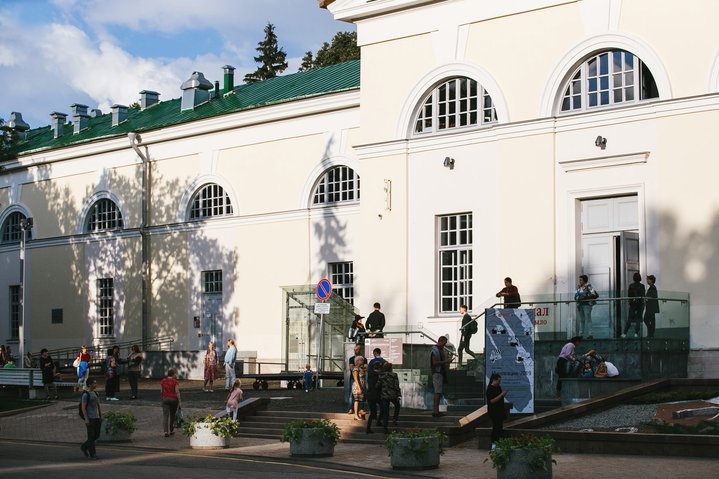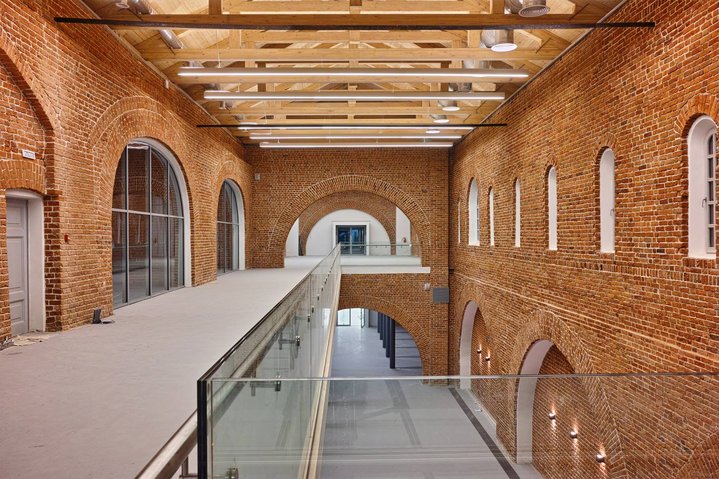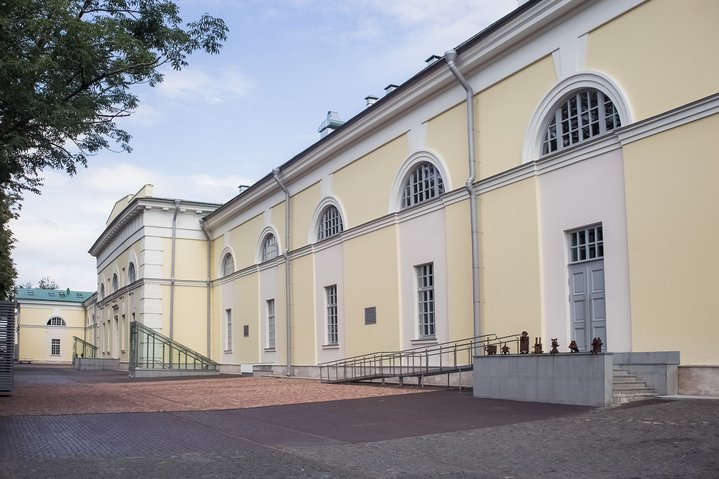Fine art museums facing the future

Russian art institutions have finally opened their doors after the lockdown. We have put together the list of the major state museums that are showing local contemporary art on a regular basis.
Moscow's miracles
While many state museums in Russia are wary of contemporary art, some of them put up exhibitions of established and up-and-coming artists all year round. Predictably, Moscow’s institutions lead the way. The State Tretyakov Gallery, founded in 1856 by the merchant Pavel Tretyakov, who bequeathed it to the city, is, strictly speaking, the country’s first museum of contemporary art. Its founder sought the masterpieces of the artists of his time, buying new works fresh from their studios. Nowadays, the gallery has a separate annex for all things new. The New Tretyakov, a clumsy and enormous late modernist building, houses the museum’s collection of 20th century Russian art, including Avant-Garde, as well as exhibitions of top-tier contemporary Russian artists working in various media. This summer’s highlight is ‘NotForever’, an impressive survey of the Soviet art of the 1970s and early 1980s (open until November 11, 2020).
The Moscow Museum of Modern Art (MMOMA) was founded on the base of the private collection of controversial Russian-Georgian sculptor and painter Zurab Tsereteli, which focused mostly on Russian and international art of the first half of the 20th century. Nowadays, the museum stretches over several building scattered all over central Moscow. Founded in 1999, it is probably the most dynamic institution on the Russian art scene today. It does not have a permanent exhibition, but the curatorial displays based on its collection change every 18 months. The shows take place in the museum’s historical building on Petrovka Street. Temporary exhibitions of Russian and international artists are also staged at two other venues: a spacious complex of buildings on Gogolevsky Boulevard and the more intimate Educational Centre in Yermolaevsky Lane. The museum shows established, mid-career and emerging artists throughout the year. It has its own school for artists and curators and stages regular solo shows of its most promising alumni. Note the address well before heading to a particular event: MMOMA is not exactly a “museum cluster”, as the venues are a 30 minute walk away from each other. This summer, the anniversary exhibition, curated by 20 celebrities from different walks of life, is open at the Petrovka Street building (until September 13, 2020).
An institution ambitiously called the ‘Museum of Multimedia Art, Moscow’ (MAMM) lives up to its name. Founded in 1996 as the Moscow House of Photography, it was later re-branded, in order to showcase other media, as well. Despite having a vast collection of photographs, it has no permanent display, but offers a varied programme of changing exhibitions. The museum shows retrospectives of deceased classics, as well as works of living Russian and international artists of all generations. The main focus is on photography, yet paintings, sculpture, video art and site-specific installations are shown frequently, as well. The size of its seven-story building in central Moscow allows several exhibitions to run in parallel. The museum organizes two biennial events, the Photobiennale and a Fashion and Style photo festival. MAMM has a sister institution, a well-reputed school of photography, video and new media art called the Rodchenko School of Photography. (Both are led by the museum’s hyper-active director Olga Sviblova.) The museum is currently closed for minor refurbishments and will re-open in September 2020.
Outside the capital
St. Petersburg has a vibrant contemporary art scene with a lot of artist-run spaces and informal cultural venues, which often lurk where you least expect to find them. However, major state museums tend to stay away from the buzz. The most notable exception is the Russian museum, which has many branches all over the city centre, including several former Tsarist palaces. Founded by the last Russian emperor Nikolai II in 1895, it has a vast collection of Russian art. Its Marble Palace annex, which is situated close to the Hermitage, houses the Ludwig collection. The generous donation of the German art patrons Peter and Irene Ludwig includes the works of international celebrities, such as Andy Warhol and Joseph Boys, as well as top Russian Non-Conformist artists, including Ilya Kabakov (b. 1933), Erik Bulatov (b. 1933) and many others. On the upper floors of the building, the museum’s curators organize thematic exhibitions of 20th and 21th century Russian art, inspired by the bold and cosmopolitan spirit of this collection. The halls of the magnificent palace, adorned with different shades of marble, provide a splendid background for such presentations.
Krasnoyarsk, an industrial city in the heart of Siberia, is home to the USSR’s last Lenin museum. It was opened to the public in 1987 in a colossal purpose-built structure towering over the Yenisey River, and managed to survive the collapse of the Soviet regime in 1991. It was quickly re-branded as a contemporary art centre, while its former exhibits remained almost intact. Works of many contemporary artists, many of them coming from different parts of Siberia, have been cleverly integrated into the pompous Soviet-style display, reversing its pathos from Communist to anti-Communist. Now, this unique institution is simply called ‘Peace Square (Ploschad Mira) Museum Centre’ after the site on which it is located. It houses temporary exhibitions of Russian artists, with a strong focus on the Siberian scene and showcases the most up-to-the-minute international art, as well. The centre organizes its own biennial (known as the Krasnoyarsk Museum Biennale), on odd-numbered years. The centre is currently closed and will re-open as soon as the pandemic subsides.
Nizhny Novgorod, a picturesque historical city sprawled on the banks of the Volga River, is a tourist’s paradise. (Think breathtaking vistas, lovely old merchants’ houses and a vibrant street art scene!) Its ancient kremlin (fortress) houses the city administration, a fine arts museum and a huge, brand new arts centre in a former armory building. The local branch of National Centre for Contemporary Art, a country-wide network, which includes nine venues in different cities, was founded in 1997. (The whole chain is now part of the Pushkin Museum of Fine Arts in Moscow.) The impressive Arsenal (Armory) building was adapted to its new purpose by well-known Moscow architect Evgeny Asse. The renovation took over 10 years, from 2004 to 2015. When it was finished, the Arsenal, with its 6,000 square metres of floor space, became the biggest contemporary art venue in Russia, to be outdone only by the private GES-2 cultural centre in Moscow, scheduled to open this autumn (For comparison, the Moscow’s Garage Museum, one of the country’s most ambitious private art institutions, covers only 5,500 sq. m.). Over the years, the Arsenal has become a main hub for the city’s cultural scene, promoting local street artists and offering a varied events programme for different audiences. Since 2019, it houses the Innovation prize, the country’s main state award for contemporary art. Both the exhibition of the runners-up and the award ceremony have been relocated there from Moscow. The Centre is currently showing a new video work by the Provmyza art group (until August 9, 2020).
State Tretyakov Gallery
Moscow Museum of Modern Art
Multimedia Art Museum, Moscow
State Russian Museum
Ploschad Mira Museum Centre
Arsenal, National Centre for Contemporary Art







